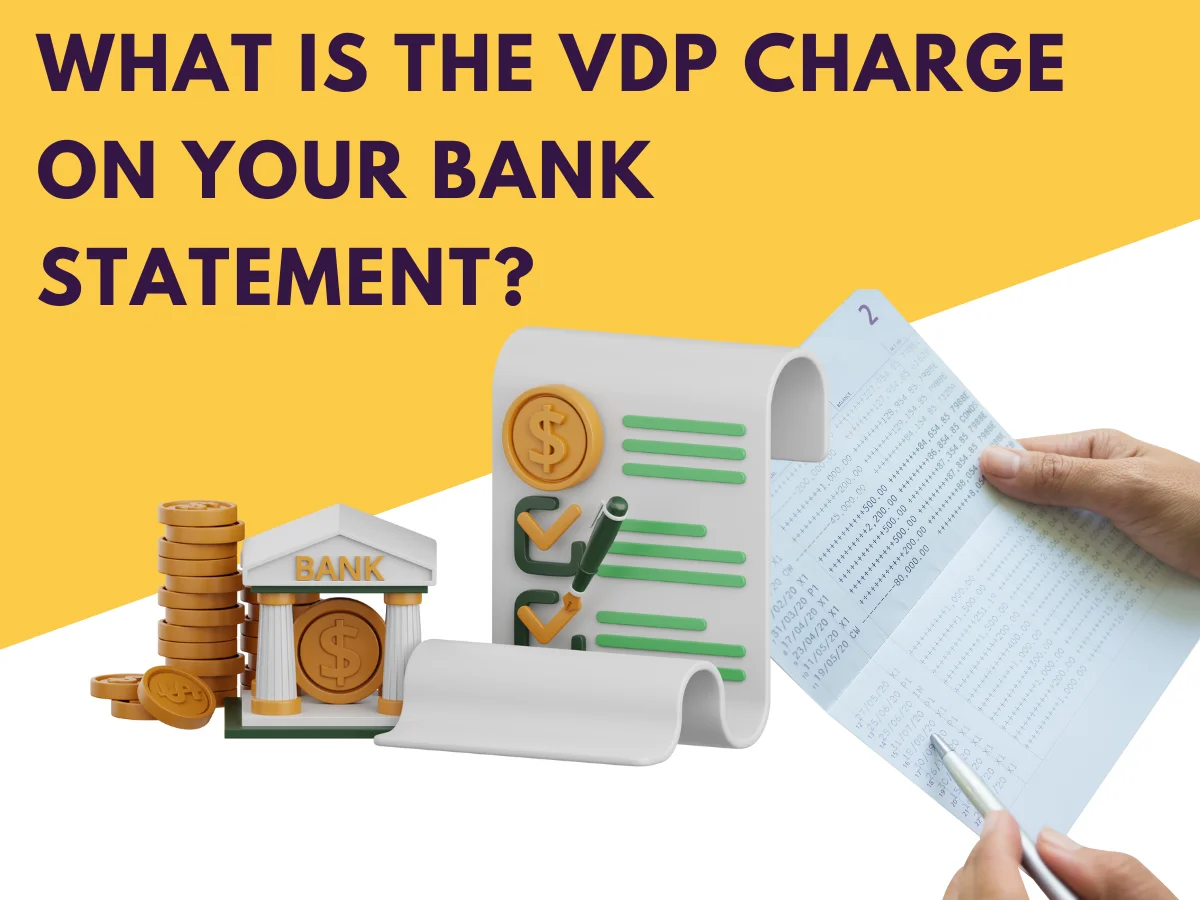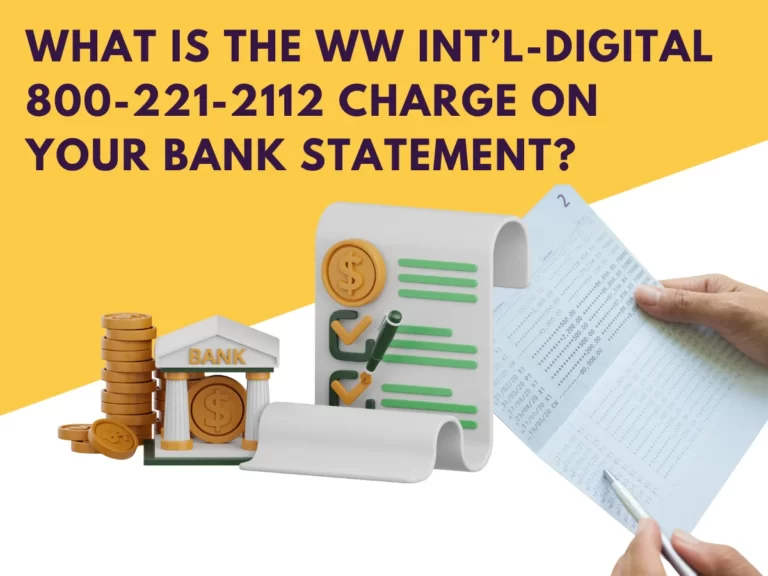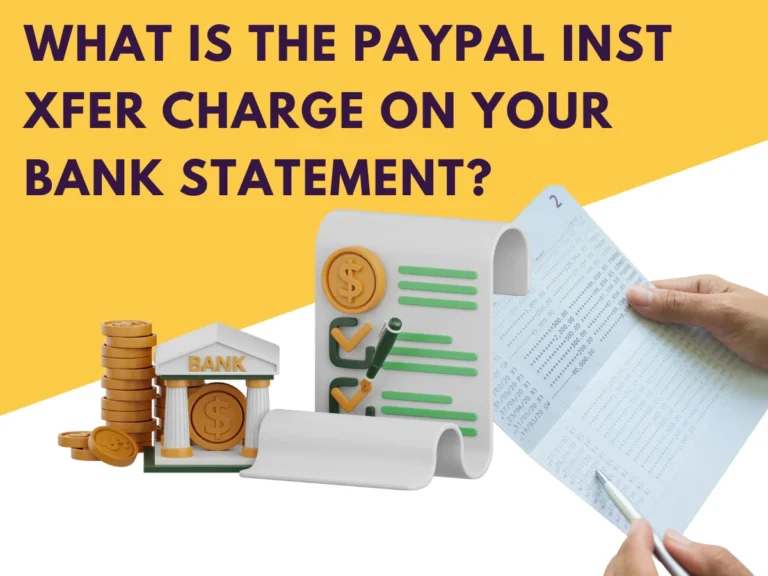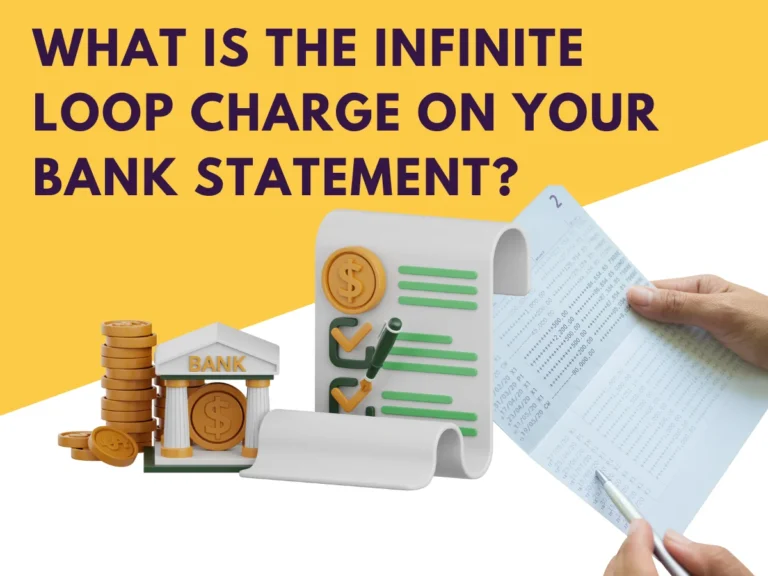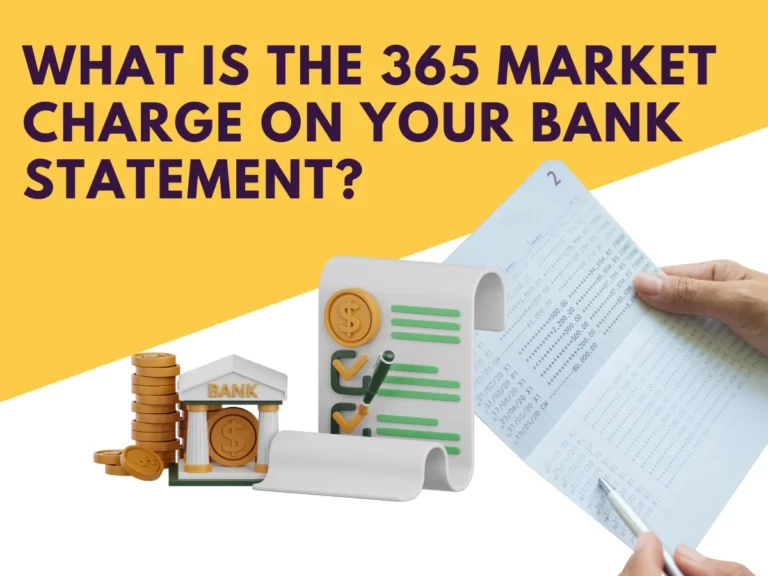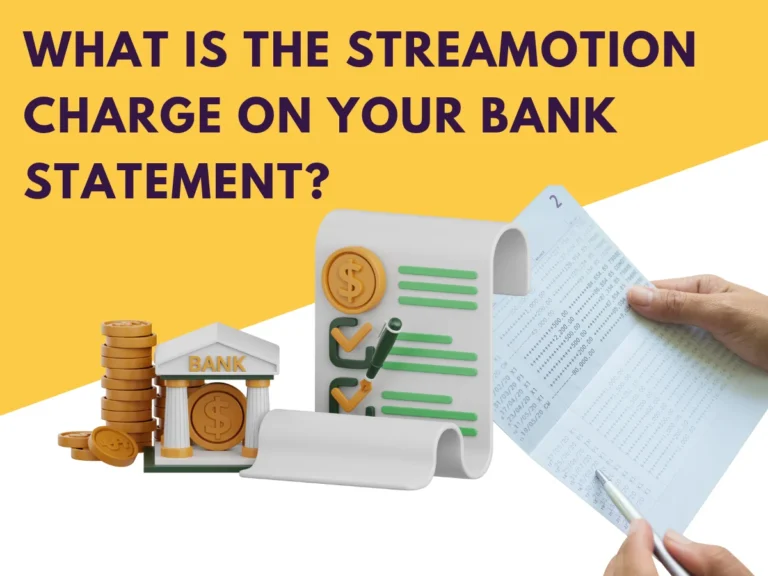What Is the VDP Charge on Bank Statement | Explained
Have you ever glanced at your bank statement and wondered about that mysterious “VDP” charge? If you’re an AIB bank customer in Ireland, the VDP charge, also known as a Visa debit Point of Sale/Internet/Mail order transaction, might have caught your attention. In this article, we’ll delve into the details of what VDP on your bank statement means and how understanding it can empower you to manage your finances more effectively.
Also read Upay Charge on Bank Statement.
What is VDP on a Bank Statement?
The VDP bank charge is a fee associated with specific transactions made using your AIB bank Visa debit card. It’s essential to grasp the nature of this charge to avoid confusion and stay on top of your financial records. Essentially, when you encounter the term “VDP” on your bank statement, it signifies payments authorized using your Visa debit card for various purposes.

Image Credit: Reddit
These transactions encompass retail purchases, both in physical stores and online, as well as internet shopping and mail-order transactions. The VDP charge represents instances where you’ve used your Visa debit card to make payments at merchants accepting this form of payment. In simpler terms, it indicates that you’ve engaged in transactions by entering your PIN at a Point of Sale terminal, providing card details for online purchases, or offering necessary information for mail order payments.
What Does VDP Stand for in Retail?
VDP in retail specifically stands for Visa debit Point of Sale. This transaction type refers to purchases made at physical stores or merchant outlets using your Visa debit card. When you spot “VDP – POS” on your bank statement, it means you’ve authorized a payment by entering your PIN at the Point of Sale terminal.
How Does the VDP Bank Charge Appear?
When reviewing your bank statement, you’ll see the VDP bank charge, representing various transactions made with your AIB bank Visa debit card. These charges manifest in different forms, providing insights into specific transaction types:
- Visa debit Point of Sale (VDP – POS): This signifies purchases at physical stores or merchant outlets by entering your PIN at the Point of Sale terminal.
- Visa debit Internet (VDP – Internet): Represents online shopping or internet payments where you’ve authorized a transaction by providing your card details.
- Visa debit Mail Order (VDP – Mail Order): This appears when making payments through mail order services, indicating you’ve provided the necessary information to complete the transaction.

Additionally, you might encounter other transaction types related to your AIB bank Visa debit card:
- Visa debit ATM at non-AIB ATMs (VDA): If you withdraw cash from non-AIB ATMs, this charge may appear, signaling an authorized ATM transaction at a non-AIB ATM with potential fees.
- Visa debit Contactless (VDC): This charge appears for contactless payments, signifying authorization of a transaction by tapping your card on a payment terminal.
Difference Between VDP and VDA
| Aspect | VDP (Visa debit Point of Sale/Internet/Mail Order) | VDA (Visa debit ATM at non-AIB ATMs) |
| Transaction Types | – Point of Sale (POS) transactions at physical stores or merchant outlets. | – Cash withdrawals from ATMs not affiliated with the AIB network. |
| – Internet transactions, including online shopping or payments. | ||
| – Mail Order transactions where necessary information is provided. | ||
| Nature of Transactions | Involves retail purchases, online payments, and mail order transactions. | Primarily associated with withdrawing cash from ATMs outside the AIB network. |
| Appearance on Bank Statement | Appears as VDP – POS, VDP – Internet, VDP – Mail Order, indicating transaction type. | Appears as VDA, signaling an ATM transaction at a non-AIB ATM. |
| Significance | Represents various authorized transactions using AIB bank Visa debit card. | Indicates cash withdrawals made outside the AIB ATM network. |
| Key Takeaway | VDP charges pertain to everyday spending and specific payment scenarios. | VDA charges are tied exclusively to cash withdrawals from non-AIB ATMs. |
Understanding the nuances between VDP and VDA charges empowers individuals to interpret their bank statements accurately and make informed decisions regarding their financial activities.
How to Prevent Unauthorized VDP Charges
Ensuring the security of your financial transactions is paramount in today’s digital age. Follow these comprehensive steps to safeguard against unauthorized VDP bank charges and maintain the integrity of your accounts:
- Regularly Monitor Your Bank Statements: Cultivate regularly reviewing your bank statements. By promptly examining each transaction, you can quickly identify any irregularities or unauthorized VDP charges. This proactive approach enables you to address potential issues before they escalate, ensuring your financial records remain accurate and secure.
- Enable Transaction Alerts: Leverage technology to your advantage by setting up transaction alerts for your Visa debit card. Most banks offer notification services that promptly inform you of each transaction, providing real-time updates on your account activity. These alerts act as a first line of defense, allowing you to stay vigilant and respond immediately to any suspicious or unauthorized transactions.
- Secure Your Card Information: Take proactive measures to safeguard your card details and PIN. Avoid sharing this sensitive information, especially in online or telephonic transactions. Ensure that your PIN remains confidential, and be cautious when entering it at Point of Sale terminals. By maintaining the confidentiality of your card information, you significantly reduce the risk of unauthorized VDP charges.
- Review Merchant Agreements: Before making online or mail order purchases, carefully review and understand the terms and conditions of the merchant agreements. Some transactions may involve hidden fees or recurring charges, leading to unexpected VDP charges on your bank statement. Being informed about the terms of each transaction helps you make conscious decisions and prevents unpleasant surprises in the form of unauthorized charges.
- Report Lost or Stolen Cards Immediately: In the unfortunate event that your Visa debit card is lost or stolen, act swiftly by reporting it to your bank immediately. Most financial institutions have 24/7 customer service hotlines for reporting lost or stolen cards. By taking prompt action, you minimize the risk of unauthorized transactions, and the bank can initiate necessary security measures, such as card cancellation or temporary holds, to prevent further misuse.
- Regularly Update Contact Information: Ensure that your bank has your updated contact information, including a valid email address and phone number. This ensures that you receive timely notifications and alerts about your account activity. In case of any suspicious transactions, quick communication from the bank can aid in resolving issues promptly.
- Educate Yourself on Security Best Practices: Stay informed about the latest security best practices in banking and financial transactions. Be aware of common scams, phishing attempts, and fraudulent tactics employed by cybercriminals. Education is a powerful tool in fortifying your defenses against unauthorized VDP charges and other financial risks.
By incorporating these proactive steps into your financial routine, you reduce the likelihood of unauthorized VDP charges and enhance the overall security of your banking experience. Taking control of your financial safety is a responsibility that pays dividends in maintaining peace of mind and the integrity of your financial well-being.
Conclusion
Understanding VDP charges on your bank statement is integral to maintaining control over your finances. By knowing when and how you’ve incurred these charges, you can make informed decisions, avoid unnecessary expenses, and ensure accurate financial records. Stay vigilant, be aware of different transaction types, and take proactive steps to secure your Visa debit card to enjoy hassle-free banking experiences.
